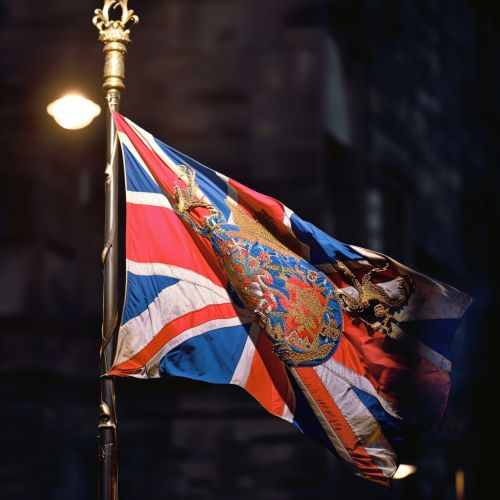Jacobites
Origins of the Jacobite Movement
The Jacobite movement originated in the late 17th century, in the aftermath of the Glorious Revolution of 1688. King James II of England and VII of Scotland, a Catholic, was deposed and replaced by his Protestant daughter Mary II and her Dutch husband, William III. The term "Jacobite" comes from "Jacobus", the Latin form of James. The Jacobites supported the restoration of the Catholic Stuart line to the thrones of England, Scotland, and Ireland.
Jacobite Ideology
Jacobite ideology was rooted in the belief in the divine right of kings, which held that kings are chosen by God and thus their authority cannot be challenged by human institutions such as Parliament. The Jacobites also believed in the principle of legitimism, which held that the throne should pass by hereditary succession and could not be altered by legislation or usurpation.

The Jacobite Risings
The Jacobite movement is best known for the Jacobite risings (also known as the Jacobite rebellions or the War of the British Succession), a series of uprisings, wars, and rebellions that occurred in Great Britain and Ireland between 1688 and 1746. These were aimed at returning James II and his descendants to the throne.
The 1689 Rising
The first Jacobite rising took place in 1689, led by John Graham of Claverhouse, Viscount Dundee, in Scotland. This rising, often referred to as "Dundee's rising", was ultimately unsuccessful, but it established the Jacobites as a significant force in British politics.
The 1715 Rising
The 1715 rising, often referred to as "The Fifteen", was a larger and more organized attempt to restore the Stuarts. It was led by James Francis Edward Stuart, known to his supporters as "James III and VIII" and to his opponents as "the Old Pretender". The rising was defeated at the Battle of Sheriffmuir, and James fled to France.
The 1745 Rising
The final and most famous Jacobite rising took place in 1745, led by Charles Edward Stuart, known as "Bonnie Prince Charlie" or "the Young Pretender". The rising reached its zenith with the Jacobite army's march to Derby, deep into England, but ultimately ended in defeat at the Battle of Culloden in 1746.
Aftermath and Legacy
The defeat at Culloden marked the end of the Jacobite threat to the Hanoverian regime. In the aftermath, the British government enacted a series of measures aimed at integrating Scotland more fully into the Kingdom of Great Britain and suppressing Highland culture, which was seen as a breeding ground for further rebellion.
The Jacobite cause did not disappear entirely, however. It evolved into a romantic symbol of Scottish identity and resistance to English domination, and continues to be a significant theme in Scottish culture and history.
